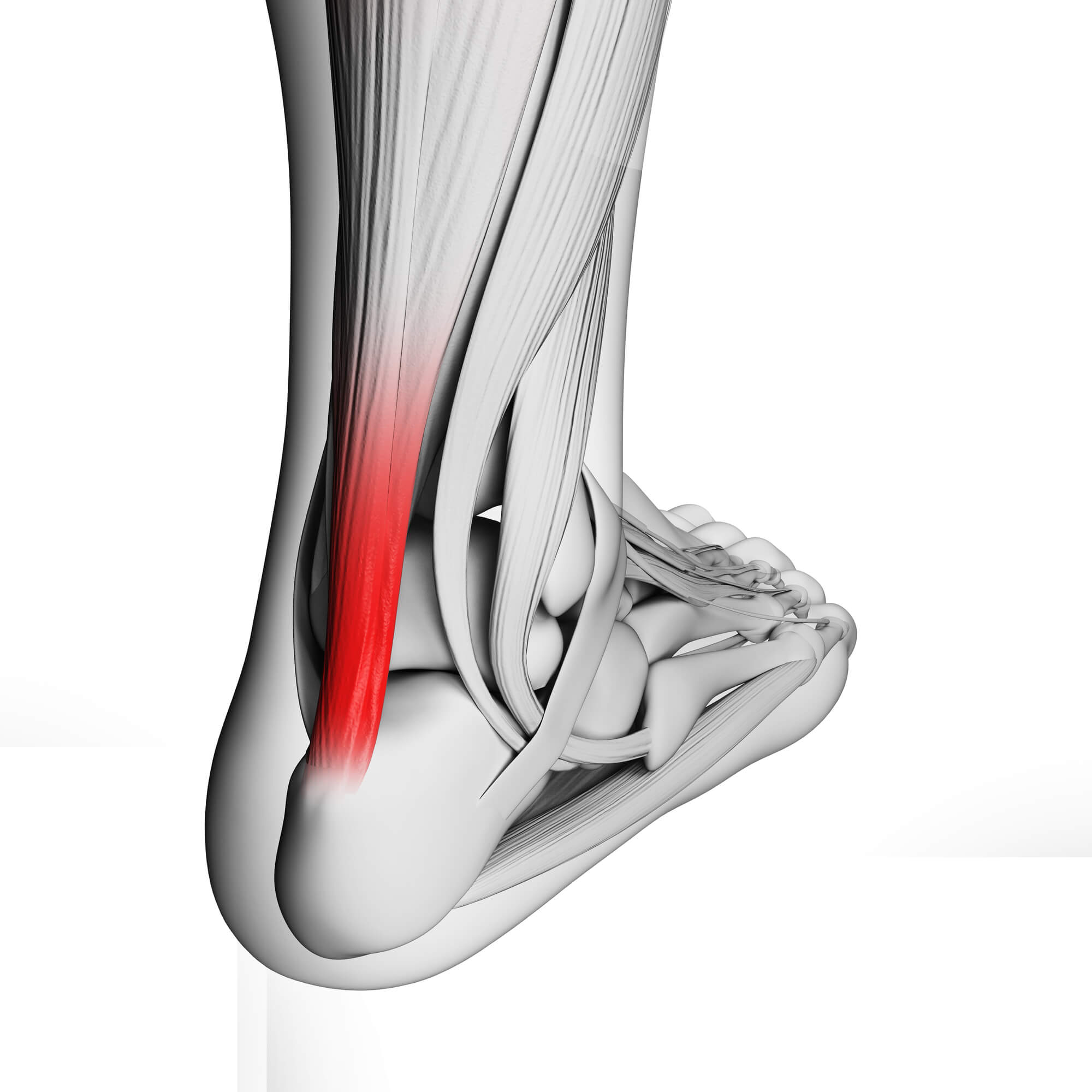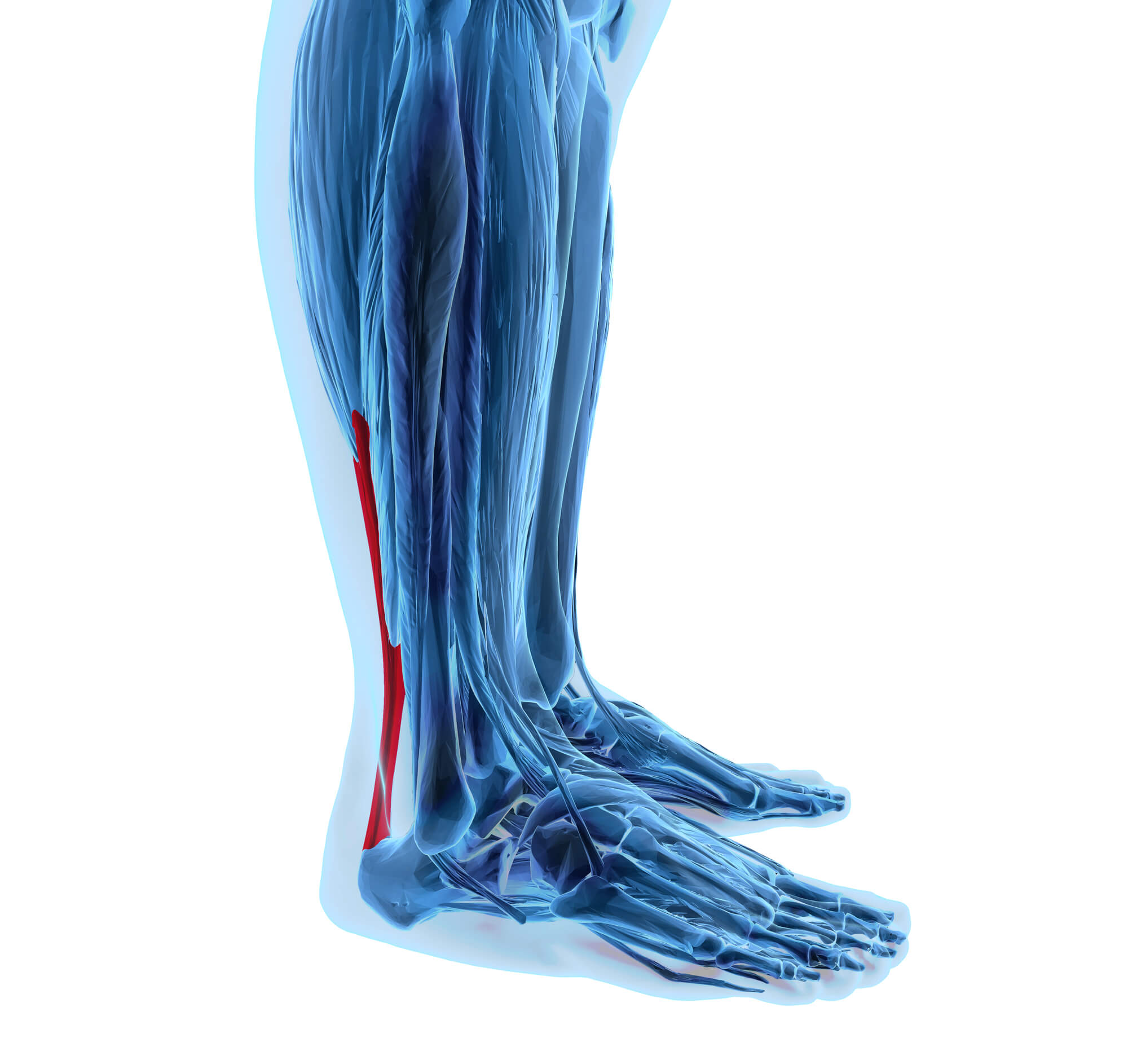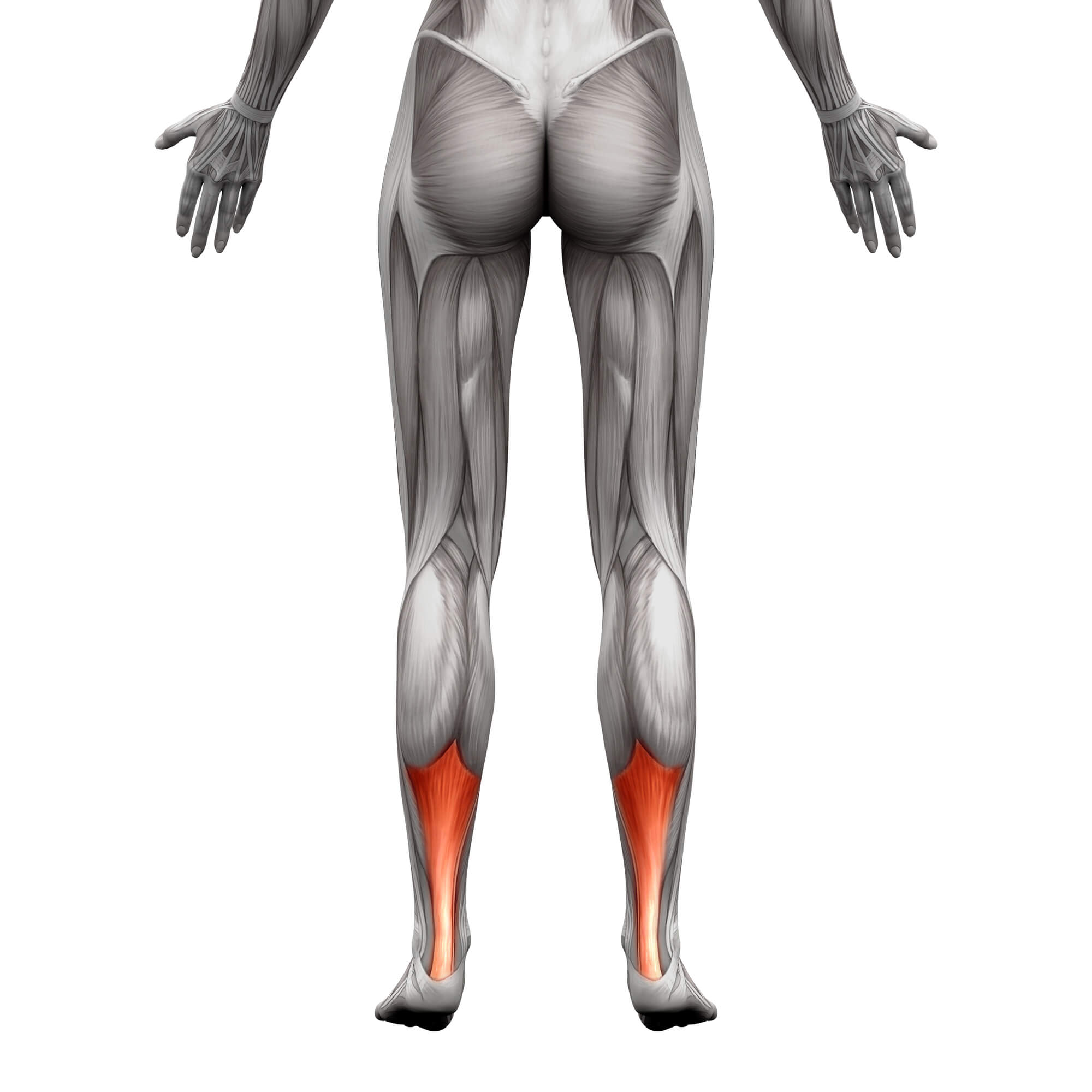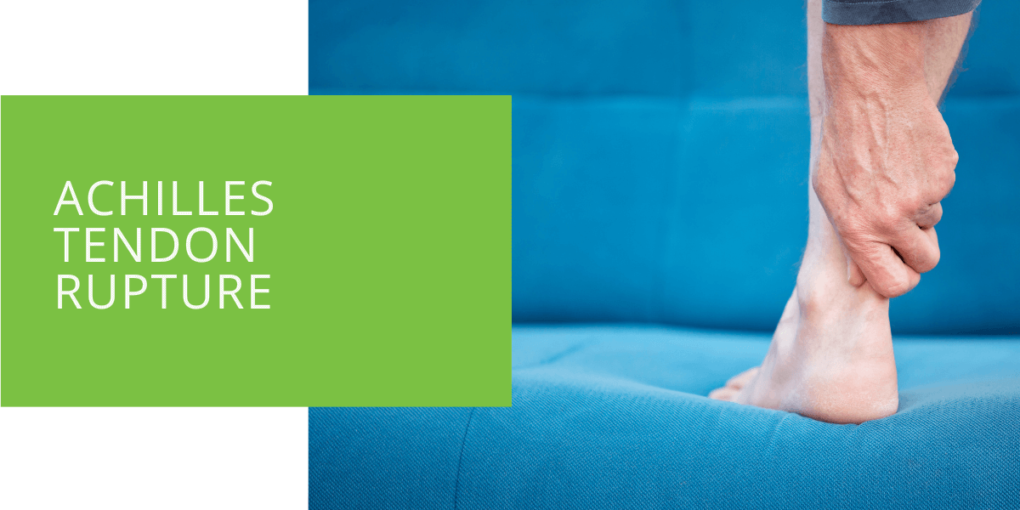Understanding and Treating Achilles Tendon Rupture
Achilles tendon ruptures are a common but painful injury that can occur when the tendon that connects the calf muscle to the heel bone tears. This injury can significantly impact a person's mobility, and it is important to seek medical attention as soon as possible. This article will explore the causes, symptoms, and treatment options for Achilles tendon ruptures, as well as how to prevent this injury from occurring in the first place. Whether you seek treatment for a ruptured Achilles tendon or want to reduce your risk of suffering from this injury, this article has the information you need.
What is an Achilles Tendon Rupture?
An Achilles tendon rupture is a common but painful injury that occurs when the tendon that connects the calf muscle to the heel bone tears. This tendon is responsible for helping to lift the heel off the ground during activities such as walking, running, and jumping, so a rupture can significantly impact a person's mobility.
Anatomy of the Achilles Tendon
The Achilles tendon is a strong, fibrous tissue that runs down the back of the lower leg and connects the calf muscle to the heel bone. It is the largest and strongest tendon in the body and is responsible for helping lift the heel off the ground during activities such as walking, running, and jumping.

Causes of Achilles Tendon Rupture
There are several potential causes of an Achilles tendon rupture, including:
- Sudden increase in physical activity: If a person suddenly increases the intensity or duration of their physical activity, it can put extra strain on the Achilles tendon, increasing the risk of rupture.
- Tendinopathy: Tendinopathy, or degeneration of the tendon, can weaken the Achilles tendon and make it more prone to rupture.
- Previous injury: If a person has previously injured their Achilles tendon, they may be more at risk for a rupture.
- Age: The risk of Achilles tendon rupture increases with age, as the tendon naturally becomes less flexible and more brittle over time.
- Certain medications: Some medications, such as corticosteroids, can increase the risk of Achilles tendon rupture.
Symptoms of an Achilles Tendon Rupture
The most common symptom of an Achilles tendon rupture is a sudden, sharp pain in the back of the ankle or lower leg. This pain is often accompanied by a popping or snapping sensation, and it may be followed by swelling and bruising.
Other symptoms of an Achilles tendon rupture may include:
- Difficulty standing on the affected leg
- Inability to lift the heel off the ground
- Difficulty flexing the foot or pointing the toes
- Pain in the back of the ankle or lower leg when trying to walk or stand
If you experience any of these symptoms, it is important to seek medical attention as soon as possible.

Diagnosis of an Achilles Tendon Rupture
If you suspect you have suffered an Achilles tendon rupture, it is important to see a doctor or podiatrist as soon as possible. They will conduct a physical examination and may order imaging tests, such as an MRI, to confirm the diagnosis.
Physical Examination
During a physical examination, the doctor or podiatrist will look for signs of an Achilles tendon rupture, such as swelling, bruising, and tenderness in the back of the ankle or lower leg. They may also ask you to stand on your toes or try to flex your foot to test the strength of your Achilles tendon.
Imaging Tests
Imaging tests, such as an MRI, can help the doctor or podiatrist confirm the diagnosis of an Achilles tendon rupture and determine the severity of the injury. These tests use magnetic fields and radio waves to create detailed images of the inside of the body, including the tendons.
Treatment Options for an Achilles Tendon Rupture
Conservative Treatment
For less severe Achilles tendon ruptures, a doctor or podiatrist may recommend conservative treatment, which includes:
- Immobilization: The affected leg may be placed in a cast or boot to keep the tendon immobile and allow it to heal.
- Physical therapy: A physical therapist can help a person with a ruptured Achilles tendon regain strength and flexibility through a series of exercises and stretches.
- Medications: Nonsteroidal anti-inflammatory drugs (NSAIDs) such as ibuprofen can help reduce pain and swelling.
Surgery
In more severe cases, surgery may be necessary to repair a ruptured Achilles tendon. Two main surgical techniques may be used:
- Open surgery: During open surgery, the surgeon makes an incision in the back of the leg and repairs the tendon using stitches or other surgical techniques.
- Minimally invasive surgery: Minimally invasive surgery involves making a small incision in the back of the leg and repairing the tendon using specialized surgical instruments.
Both surgical techniques have their own benefits and risks; the best option depends on the individual's specific circumstances.
Rehabilitation and Recovery
After surgery or conservative treatment for an Achilles tendon rupture, it is important to follow a rehabilitation and recovery plan to help ensure a full and successful recovery. This may include:
- Physical therapy: A physical therapist can help a person with a ruptured Achilles tendon regain strength and flexibility through a series of exercises and stretches.
- Range of motion exercises: Exercises that help to improve the range of motion in the ankle and foot can help a person recover more quickly.
- Stretching: Stretching the calf muscle and Achilles tendon can help reduce pain and improve mobility.
- Massage: Massage can help to reduce pain and swelling and improve blood flow to the affected area.
- Ice: Applying ice to the back of the ankle or lower leg can help reduce pain and swelling.
- Elevation: Keeping the affected leg elevated can help to reduce swelling and improve blood flow.
Following a rehabilitation and recovery plan can help a person with a ruptured Achilles tendon regain strength, flexibility, and mobility.

Prevention of Achilles Tendon Rupture
There are several steps a person can take to help prevent an Achilles tendon rupture, including:
Stretching and Strength Training
Stretching and strength training can help to improve the flexibility and strength of the Achilles tendon, making it less prone to injury. Some exercises that may be helpful include:
- Calf stretches: Stretching the calf muscle can help to improve flexibility and reduce the risk of injury.
- Heel raises: Standing on the edge of a step and raising up on the feet' balls can help strengthen the Achilles tendon.
- Leg presses: Using a leg press machine or free weights can help to strengthen the calf muscle and reduce the risk of injury.
Proper Footwear
Wearing proper footwear can help to reduce the risk of an Achilles tendon rupture. Shoes that are too tight or have high heels can put extra strain on the tendon, while shoes that are too loose or have flat soles may not provide enough support. Choosing shoes with good arch support and a sturdy, shock-absorbing sole can help to reduce the risk of injury.
Warm Up Before Physical Activity
Warming up before physical activity can help to reduce the risk of an Achilles tendon rupture. This can be as simple as stretching and loosening up the muscles in the lower leg and foot before starting a workout or game. Warming up helps to increase blood flow to the muscles and tendons and can help to prevent injury.
Conclusion
Achilles tendon ruptures are common but painful injuries that can significantly impact a person's mobility. Understanding this injury's causes, symptoms, and treatment options can help a person get the treatment they need and get back on their feet more quickly. By taking steps to prevent an Achilles tendon rupture, such as stretching and strength training, wearing proper footwear, and warming up before physical activity, a person can help reduce their risk of suffering from this injury.

